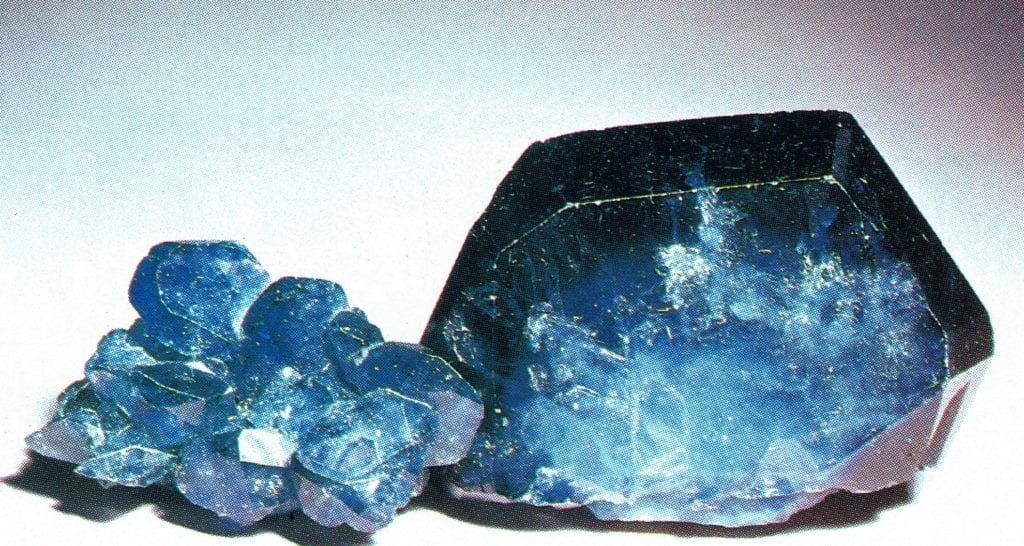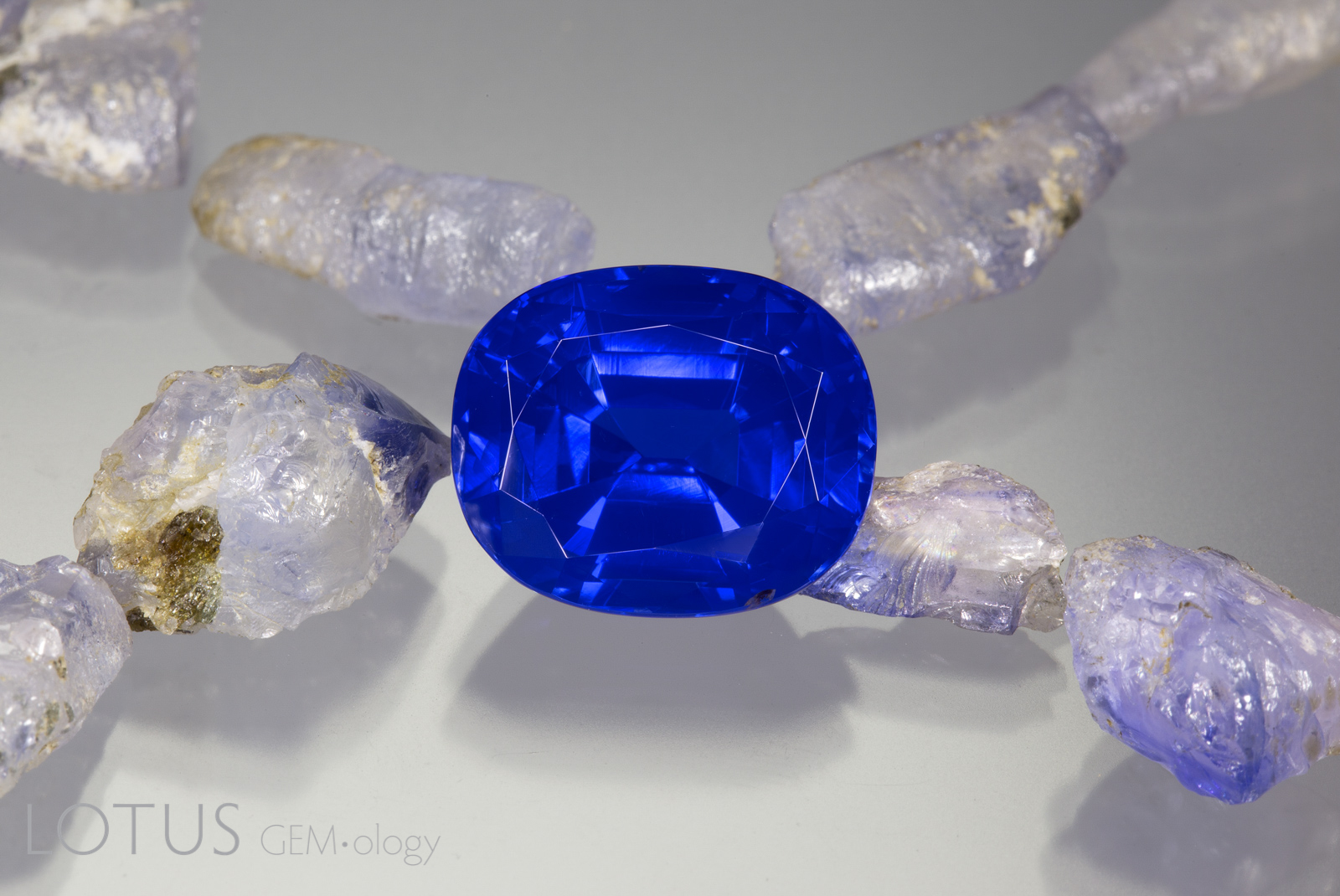Do synthetic sapphire gemstones work?
Though most people think of synthetic gems as cheap and easy-to-spot imitations, it's the experienced jeweler who knows that today's synthetic copies are often just as good as - and sometimes even better than - the real thing. The case is the same in the case of sapphire, created sapphire is the exact replica. When it comes to synthetic stones made using modern synthesizing technology, only highly trained gemologists can spot the difference between these contemporary copies and their "natural" gemstone counterparts. The lab-created sapphire can be found in the white sapphire and the blue sapphire substitute.

What is the difference between a natural and a synthetic stone?
A natural stone is, as its name suggests, a gemstone that has occurred naturally without human intervention. Of course, all gemstones are tumbled, cut, and polished to bring out their beauty, but the extent of human interference stops there.
Meanwhile, treated gems are something of a hybrid. These are gems that were naturally mined but lack the color or quality to meet specific standards. They are then treated with chemicals, solvents, and procedures ranging from radiation to heat baking to enhance their appearance and increase their quality.
Finally, there are synthetic gemstones. While synthetic gemstones cost significantly less than their natural counterparts, they can be almost indistinguishable from them. You can find the replica of white sapphire in the lab-created white sapphire.
Good quality synthetic rubies, sapphires, and spinels have been on the market since the early 20th century while high-quality emeralds have been available since the early 1940s. However, these early "synthetic" stones did not often resemble the real thing. Today, with sophisticated and contemporary equipment alongside a greater understanding of crystals, we can now "grow" almost any gemstone we want, including the imperfections and flaws that can make natural gemstones so beautiful.
What are the different types of synthetic stones?
Synthetic stones are typically divided into two categories depending on how they were created. The first category is factory-produced, meaning the stones are created in the same way as natural stones, but then fused together using heat and pressure techniques. This can take significantly less time than a naturally created stone.

The second category of synthetic stone is the lab-grown version. The lab-grown gemstone exists in the middle ground between the truly natural gemstone and its factory-produced counterpart. Instead of fusing the stones together in an attempt to mass-produce them, the crystal elements are left in a lab for a length of time sufficient to produce a more "natural" stone.
How can I tell the difference between a synthetic stone and a natural one?
Typically, if a stone is too good to be true, then it almost surely is. That said, you should purchase from a reputable buyer and always, no matter who you buy from, have the stone inspected by an independent and experienced gemologist.
Comments
Post a Comment